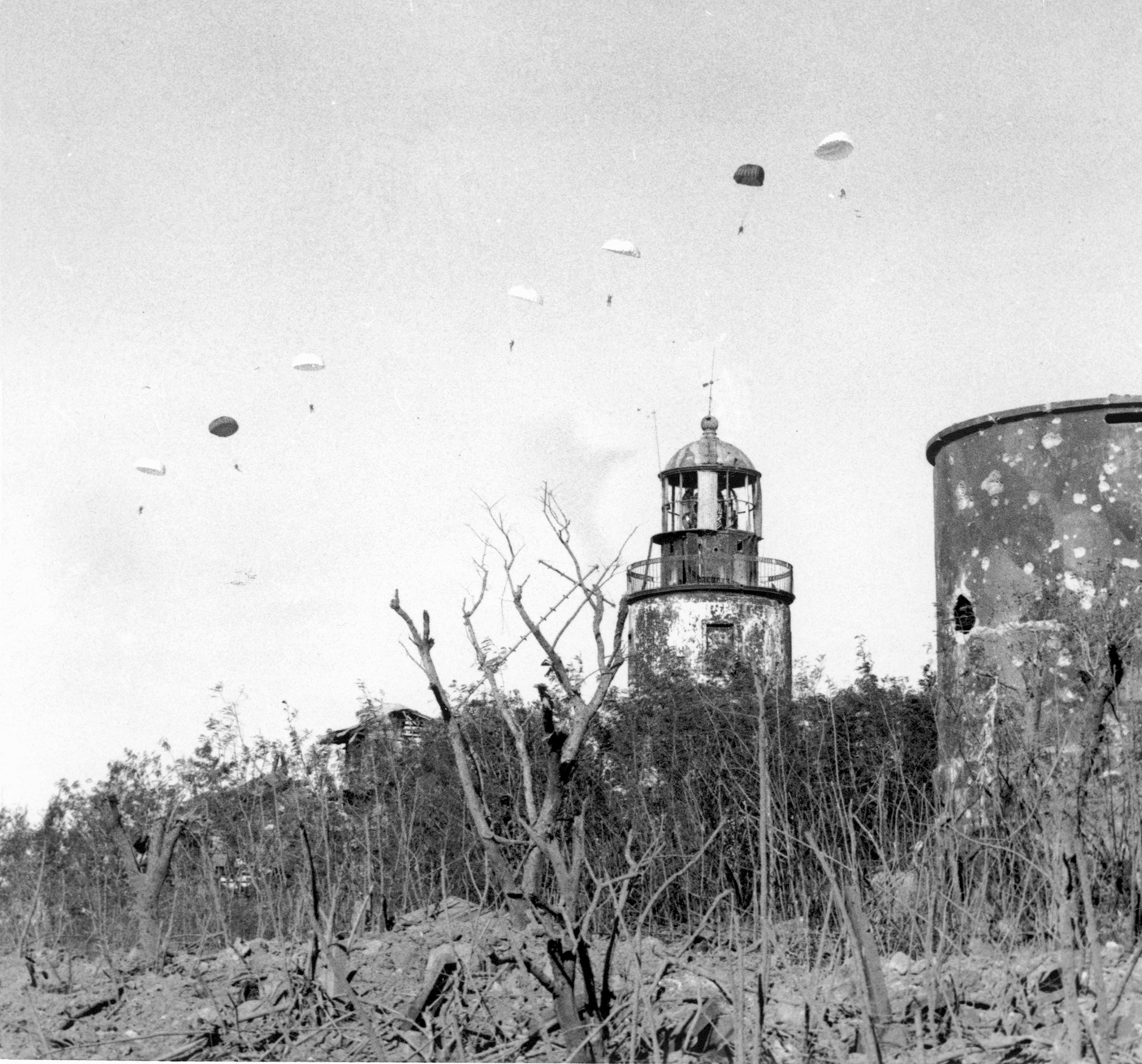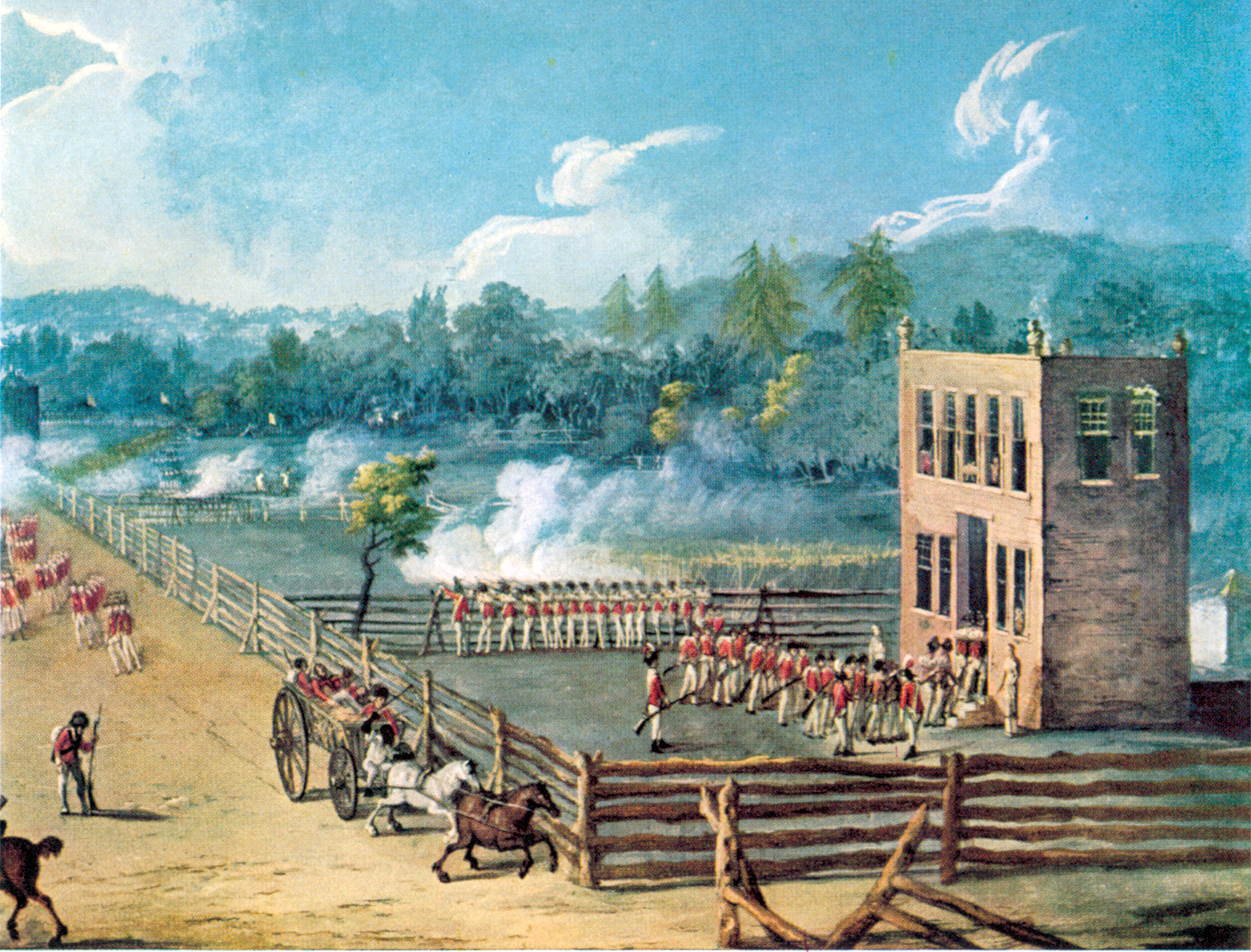Dear Editor:
As the author of Patton’s Vanguard: The United States Army Fourth Armored Division, I read with great interest Major General Michael Reynolds’s article (March 2007 issue) regarding the 1st SS Panzer Division’s attack against the east side of the Bastogne relief corridor. Reynolds places much focus on some of the personal accounts from the German side of the hill. I am certain your readers would find the American point of view to be of equal interest. There is one account that sticks out in my mind as being particularly worth telling.
On that 30th day of December, Lieutenant John Kingsley was the commander of B Company, 35th Tank Battalion. It was Kingsley’s understrength company of six Sherman tanks that artfully ambushed the Mark IV’s of the Leibstandarte (B Company had arrived at the Bulge with 14 tanks, and had seen its numbers whittled down to six after eight days of continuous action). Recalling his unit’s achievement after the action was completed, Kingsley stated, “If that German tank company commander isn’t dead I wish they would make him a battalion commander. I wish they were all that dumb.” The achievements of the 35th Tank Battalion were often overshadowed by the more famous exploits of their sister tank battalions in the division (Creighton Abrams’s 37th Tank Battalion, and Albin Irzyk’s 8th Tank Battalion). The blunting of the 1st SS Panzer Division’s attack is among the 35th Tank Battalion’s most significant achievements (the masterful attack at Troyes, spearheaded by C/35 under the command of Captain Crosby “Dick” Miller, also being near the top of the list). I am sure the veterans of the battalion will, in this case, appreciate Kingsley and his men receiving their due.
As an additional note, I should point out that the reference to the 701st Tank Destroyer Battalion during this same action is a mistake in the record. The 701st was, of course, in Italy at the time, attached to the 1st Armored Division. The TDs supporting CCA/4 in this case belonged to the illustrious 704th TD Battalion.
Don Fox
Author, Patton’s Vanguard
Sherman versus Tiger Redux
Dear Editor:
I just had to respond to Barry Ward’s letter in the May 2007 issue. It is amazing that any single person could have so many things wrong in such a short space. First, he contends that the American delay in breaking out of the Normandy bridgehead was due to the superiority of German tanks to the American Sherman tank. Individual tank versus tank superiority was not the issue there. The problem was the terrain. The hedgerows gave the German defenders a terrain advantage that took longer than expected for the Americans to overcome. The handheld Panzerfaust and the concealed anti-tank gun were the Sherman’s real nemeses at this point in the campaign. Most of the German armor formations in Normandy were concentrated opposite the British where the terrain was more suitable for armor operations.
Mr. Ward is also critical of the Americans for not upgrading the Sherman’s “peashooter” with the British 17-pounder. He contends that this is because “they couldn’t accept a non-American gun on an American tank.” This is wrong for a couple different reasons. First, not even the British equipped all of their Shermans with 17-pounders. Out of each British troop (platoon in U.S. parlance) of three Sherman tanks, only one was converted to the 17- pounder-equipped “Firefly.” Apparently there were not enough of these gun tubes to equip all of the British Sherman tanks let alone the American tanks. The Americans did have a more effective 76mm gun available at the time of the Normandy invasion, but were leery of employing it too widely because its high-explosive round was not as effective as the high- explosive round for the 75mm gun that equipped most Shermans at the time. As they gained combat experience, and realized the need for a more effective antitank capability on the Sherman, the Americans increased the number of 76mm-equipped tanks in the field. They also continued to work on more effective anti-tank projectiles.
Mr. Ward also states that we should have simply copied the T-34. I would point out that the T-34, while a good tank, was no more a match for a Tiger one on one than was the Sherman. Much like the Sherman, the T-34 was simple, robust, and easily mass produced. The Sherman was also much more automotively reliable than any German tank. At any given time, a large proportion of German tanks were unavailable because they were broken down.
I would also like to ask Mr. Ward why he thinks the British didn’t copy the T-34. If I have read the history correctly the British in North Africa were very happy to get the Sherman for their forces. It was superior to anything they had in service at the time. The tanks with which the British had fought the North African campaign were so poor that even the American M-3 medium tank was welcomed as superior. American tank crews in Tunisia continued to fight in inferior M-3 medium tanks while the better M4 Sherman went to Montgomery’s forces.
Whether Mr. Ward likes it or not, World War II was a war of materiel and the T-34 and Sherman are both manifestations of the triumph of mass production over an opponent who could not keep pace. That said, the Allied crews who crewed the Sherman deserve a lot more credit for skill and bravery than they typically get from those who are in love with Tigers and Panthers.
Throughout his letter, Mr. Ward shows a complete disregard for logistical considerations. The Allies were trying to conduct a war on a global scale, and the supply and materiel problems were tremendous. Someone could not just snap their fingers and have all the guns on all the tanks changed, never mind the considerations of ammunition and spare parts. There was intense competition for production resources and raw materials. Someone had to make the hard decisions on whether to prioritize production of tanks, airplanes, landing craft, combat ships, or any of the million other things it took to fight the war. Mr. Ward seems to think those decisions were made based on some concept he has of American ego. While not perfect, I think the U.S.-British alliance in WW II was truly remarkable for the relative absence of ego, and the focus on winning.
Finally, I can’t see how Mr. Ward connects the dots from the breakout in Normandy to policy in Iraq or Somalia especially as it relates to decisions about tank design. The current American main battle tank, the M1A1 Abrams, is anything but all-American. The spaced laminate armor, also called “Chobam armor,” is a British invention. The Abrams’ 120mm canon is of German design. The key elements in any tank design are firepower, mobility, and armor protection. In the M1A1 two of the three are of foreign design. I can hardly see how Mr. Ward can see it as proof of some overriding American ego.
Guy DeYoung
Milwaukee, Wisconsin
The Battle for Cassino
Dear Editor:
The article on the battle for Cassino by David Lippman (May 2007 issue) is one of the most revealing accounts of the war in Italy, especially the Cassino debacle. Most World War II accounts cover the D-Day landings and the subsequent fighting on the way to Berlin. It was in Italy that the Allies first faced the Germans in Europe some 10 months before the D-Day landings.
At the time the Germans still had hopes for victory and consequently used some of their best troops in Italy. Many of the German divisions were made up of veterans of the Russian Front and rotated to Italy along with the paratroopers, who were without peer.
After the war I had several opportunities to visit the Cassino battlefield and could see firsthand how the Germans were able to stall the Allied drive. The Germans had excellent observations over the whole area. The river crossing over the Rapido was doomed for failure with the Germans having the whole area preregistered for their artillery and those GIs of the 36th Division who made it across found themselves in a large, sodden meadow area with no protective cover.
The terrain behind the Abbey sloped down into a large bowl area that then went up to the ridge known as Snakeshead Ridge. The GIs of the 34th Division first gained access to the ridge and after two weeks of close combat came up 100 yards short of their goal. Grenades were the weapon most used as the close-in fighting made the use of mortars and artillery dangerous to both sides. The fighting in Cassino Town was equally difficult as the Germans made each building a strongpoint with German tanks embedded in the ruined buildings. The fighting was typical of the battle for Italy: one mountain after another with every village pulverized by bombing and artillery. It was a shame that the top Army brass of the Americans and British took so long to realize that frontal attacks were not the way to go.
Donald G. Weimer
88th Division, World War II
Williamsville, New York
Note: Opinions expressed in “Dispatches” do not represent the opinions of the writers, editors, or staff of WWII History or Sovereign Media.








Join The Conversation
Comments
View All Comments